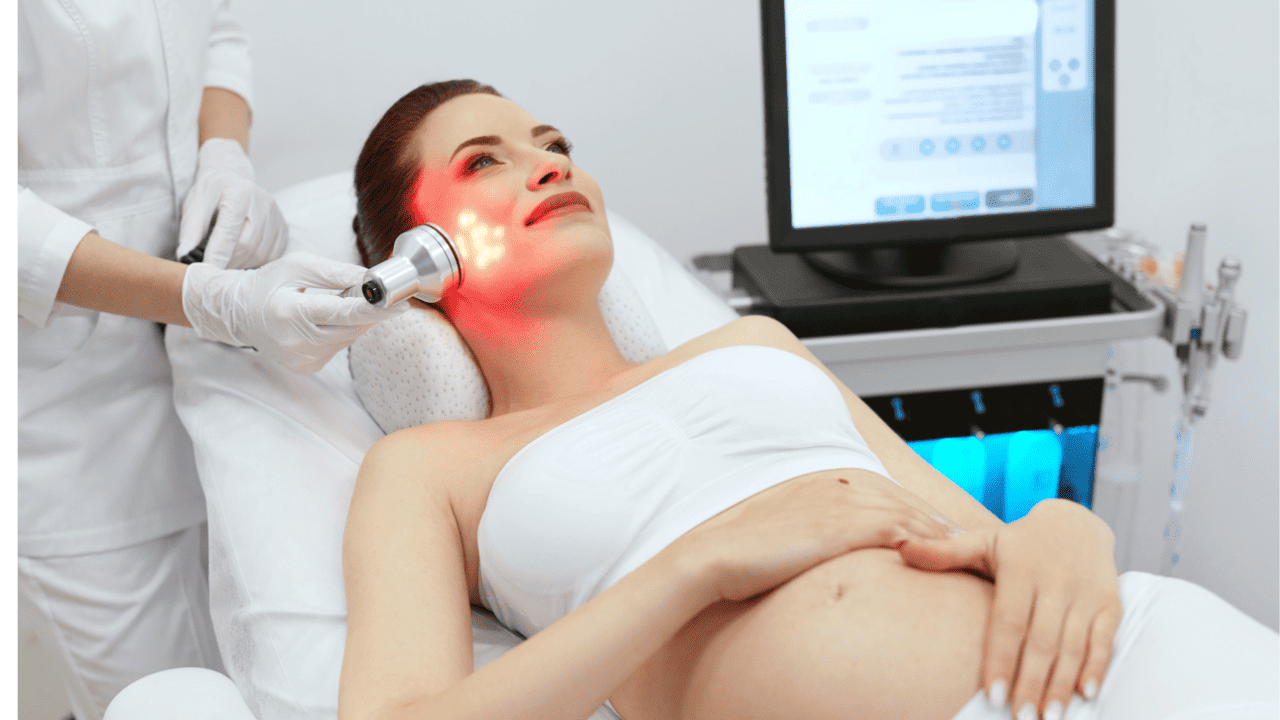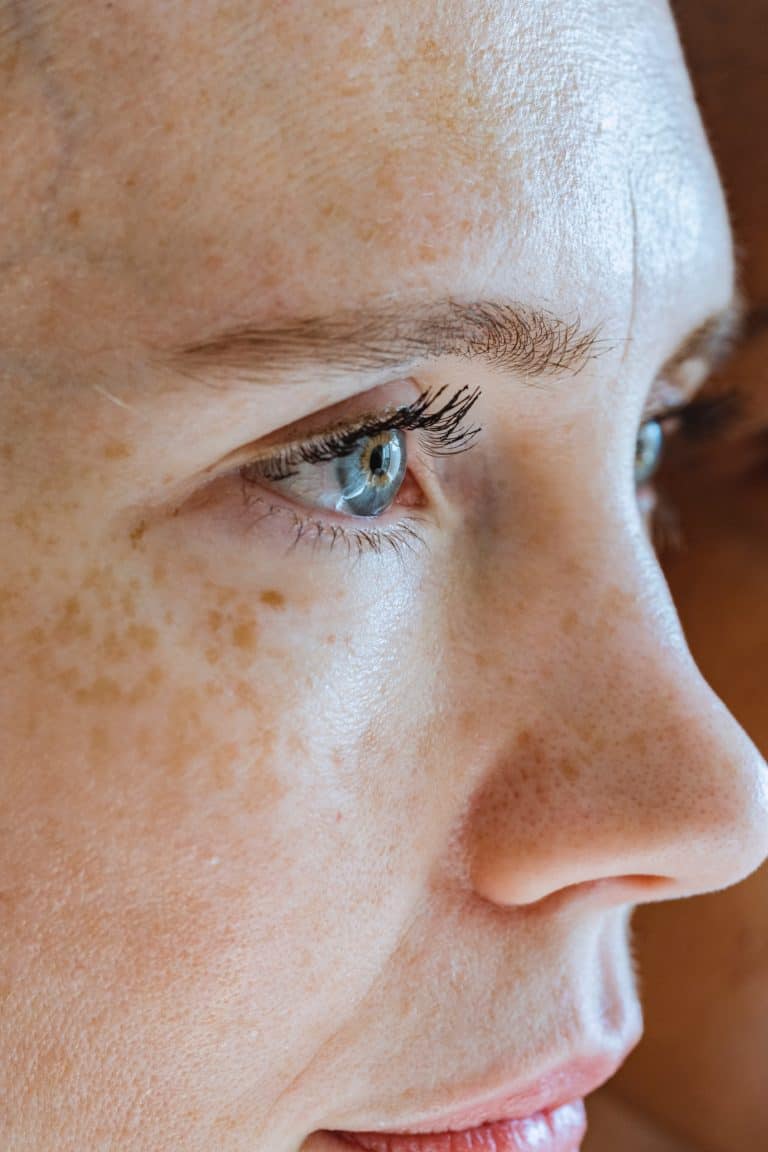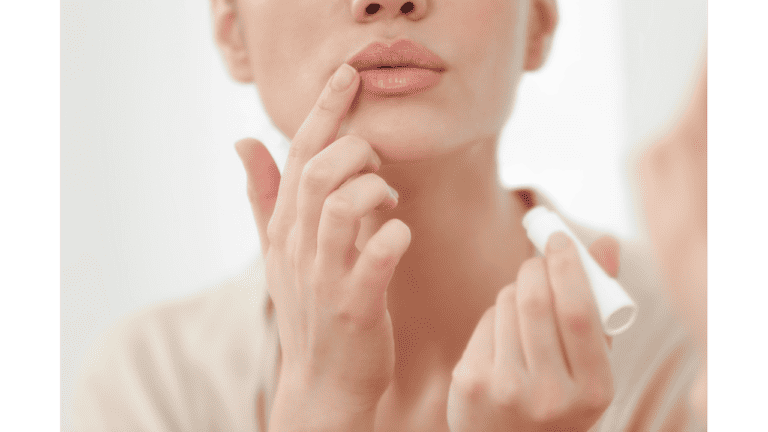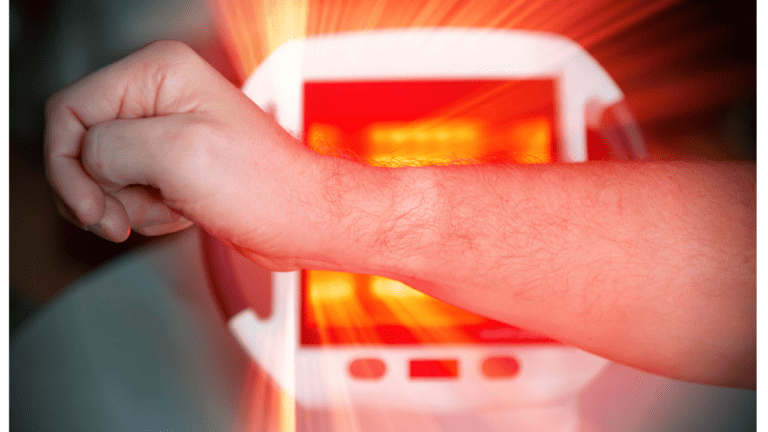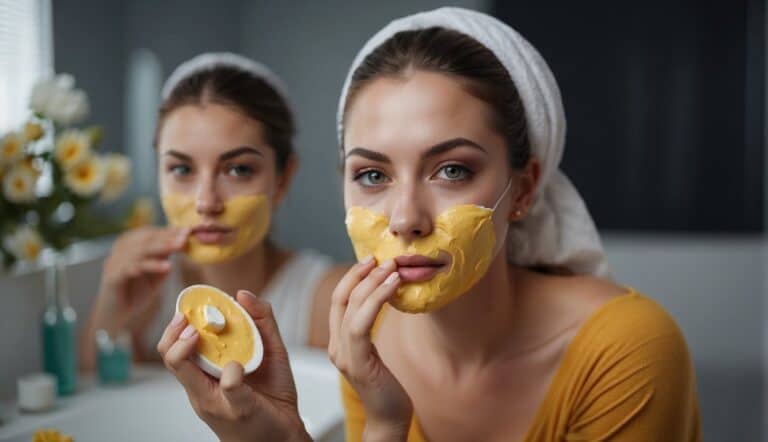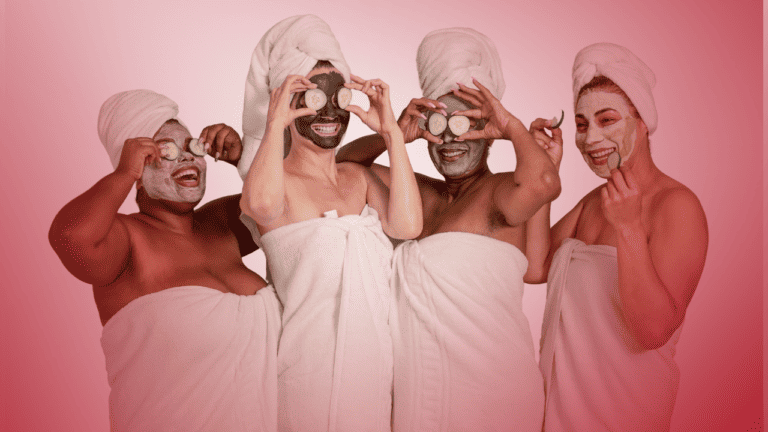Red light therapy is becoming a buzzword in the world of skincare. Known for its non-invasive nature and wide range of benefits, this therapy has gained popularity among those seeking a healthier, more youthful skin complexion. But what exactly is red light therapy, and how does it work to enhance skin health? This article delves into the science, benefits, and practical aspects of red light therapy, offering a comprehensive guide for anyone interested in this innovative skincare solution.
Key Takeaways
- Red light therapy is a non-invasive skin treatment.
- It’s gaining popularity for its skin health benefits.
- It’s beneficial for treating various skin issues.
The Science Behind Red Light Therapy
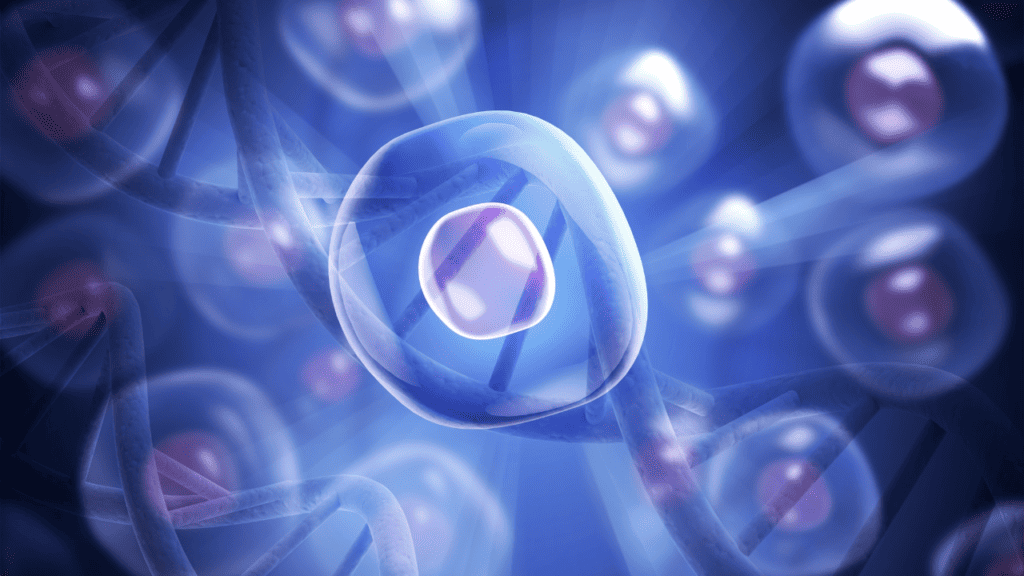
The magic of red light therapy lies in its ability to penetrate the skin without causing damage. The light targets the mitochondria, the powerhouse of our cells, stimulating them to produce more adenosine triphosphate (ATP). This increased ATP production boosts cellular regeneration and repair, which is crucial for skin health.
The therapy is particularly effective in stimulating collagen and elastin production. Collagen is the protein responsible for giving our skin strength and elasticity, while elastin helps the skin to return to its original shape after being stretched or contracted. By enhancing the production of these key proteins, red light therapy aids in reducing the signs of aging and improving overall skin texture and tone.
Benefits of Red Light Therapy for Skin Health

One of the most significant advantages of red light therapy is its wide array of benefits for skin health. It has been shown to effectively reduce wrinkles and fine lines, offering a non-invasive solution to achieve a more youthful appearance. Additionally, it improves skin complexion and texture, giving a more even and radiant skin tone.
For those struggling with acne, red light therapy can be a game-changer. It not only helps in healing active acne but also plays a role in reducing scarring. Moreover, individuals with psoriasis and eczema have also reported improvements with regular treatments, thanks to the therapy’s anti-inflammatory properties.
- Read More: Fundamentals Of Red Light Therapy For Skin Health
- Read More: The Ultimate Guide To Red Light Therapy For Skincare: Unlock Radiant, Youthful Skin
Comparing Red Light Therapy with Other Skincare Treatments
When compared to other skincare treatments, red light therapy stands out for its non-invasive and gentle approach. Unlike UV light therapy, which can damage skin over time, red light therapy provides benefits without harmful side effects. It also differs from blue light therapy, which is primarily used for treating acne and bacterial infections.
Red light therapy offers advantages over invasive skincare treatments like chemical peels or laser resurfacing. These traditional methods can require significant downtime and may not be suitable for all skin types. In contrast, red light therapy is safe for virtually every skin type and involves no recovery time.
How to Use Red Light Therapy

Red light therapy can be administered in a professional setting or at home with the use of personal devices. Professional treatments typically offer higher intensity and more precise light wavelengths, but at-home devices have become increasingly effective and popular due to their convenience and affordability.
When using red light therapy, it’s crucial to follow recommended guidelines for duration and frequency of treatments. Overuse can diminish the benefits or cause adverse effects. Generally, treatments last between 10 to 20 minutes and are recommended a few times a week, but specific recommendations can vary based on individual needs and device specifications.
Safety and Side Effects
One of the appealing aspects of red light therapy is its high safety profile. Unlike many other forms of skin treatment, red light therapy does not involve harmful UV rays, making it a safer alternative for long-term use. That being said, it’s important to use the therapy as directed to avoid potential side effects.
While side effects are rare, some individuals may experience mild irritation, redness, or headache after treatment, especially if they are sensitive to light. It’s always advisable to consult with a dermatologist or skincare professional before starting any new treatment, particularly if you have pre-existing skin conditions or concerns.
Success Stories and Research
The efficacy of red light therapy is supported by a growing body of research and numerous success stories. Studies have shown significant improvements in skin complexion, reduction of fine lines and wrinkles, and faster healing of acne scars.
Continued research is shedding light on the potential of red light therapy in various dermatological conditions. With each new study, the understanding of how to optimize this therapy for different skin types and conditions improves, offering hope for more targeted and effective treatments in the future.
Choosing the Right Red Light Therapy Device

When selecting a red light therapy device, it’s important to consider factors like wavelength, intensity, and size of the device. Wavelengths in the range of 630-660 nm are typically used for skin treatments. The intensity and size of the device will determine the area that can be treated and the duration of each session.
It’s advisable to research and choose devices from reputable manufacturers. Reading reviews and seeking recommendations from professionals can also help in making an informed decision. Remember, the most expensive device isn’t always the best; focus on the specifications that meet your specific skincare needs.
Conclusion
Red light therapy offers a promising, non-invasive solution for various skin health concerns. From reducing signs of aging to treating specific skin conditions, its benefits are backed by both scientific research and positive user experiences. As with any treatment, it’s important to consult with a professional and choose the right device if you’re considering at-home therapy.
FAQ Section
How often should I use red light therapy?
The recommended frequency can vary, but generally, it’s safe to use 2-3 times a week.
Can red light therapy cause any harm to my eyes?
Direct exposure is not advised. It’s best to use protective eyewear, especially with high-intensity devices.
Is red light therapy suitable for all skin types?
Yes, it’s safe for most skin types, but it’s always best to consult with a skincare professional, especially if you have sensitive skin or a specific condition.
